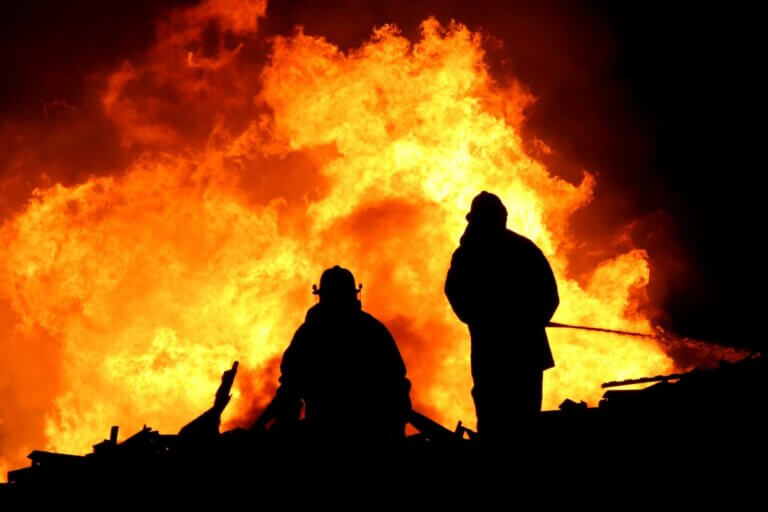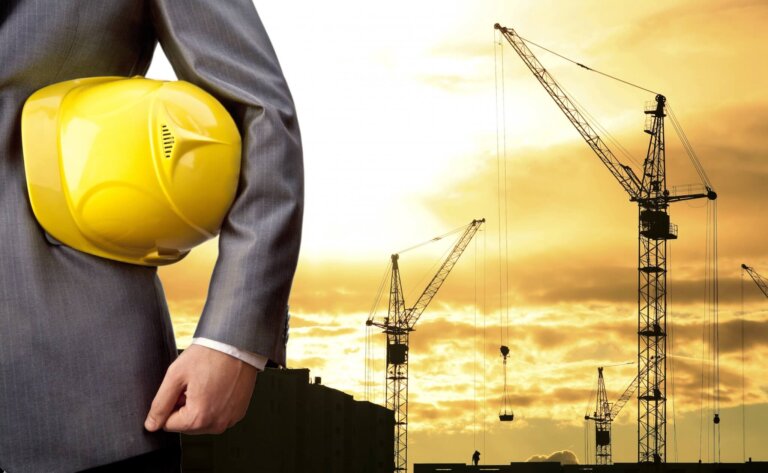Beyond the technology and the digitization processes applied, the success of this process rests on the training of the personnel in charge, the efficiency to detect the different categories of risk, the timely reaction capacity, and an adequate maintenance of the parts operating in the system.
If we analyze the importance of efficiency and productivity in the success of any company, it is essential that we always emphasize the point of view of security.
This implies that every organization designs and implements a careful risk prevention program, where we apply the necessary actions in order to prevent incidents that translate themselves into safety risks and potential fatal accidents.
One of the productive sectors that requires greater sensitivity, expertise and specialized dedication to carry out this task is the industrial area. Among the wide range of actions that are applied in this particular market segment, the specialty known as “gas detection” plays a fundamental role in saving lives and property.
FEATURES
Gas detection is mainly applied in chemical or petrochemical industries, and in all those companies whose core business is related to the handling and / or storage of substances capable of generating toxic, flammable or polluting gases.
The risk involved in handling or storing this type of substance translates into danger both for employees and for those who live or work in areas adjacent to the company. In the same way, it implies a very high probability of generating severe damage to the infrastructure of the company itself, and in its immediate environment.
In the event of an accident, all of this would lead to serious financial and material damages, as well as production crises, social alarm and serious impact on the public image of the organization.
ADVANTAGES AND ACTIONS
Although this industrial work carries a high risk in itself, modern gas detection systems provide an optimized level of safety in the manufacturing, storage and transfer process of products that can be explosive, toxic or asphyxiating.
These systems today have also taken gigantic steps towards digital transformation, which reflects in automated technological solutions capable of any kind of control by means of permanently online centrals dedicated to this specific function. It is also possible to use systems that operate in conjunction with fire detection networks, through a special monitoring function on the level of gases.
In any situation of imminent danger, both systems are programmed to issue instantaneous warnings and with a sufficient margin of time to apply corrective or evacuation reactions (as appropriate).
These actions can be of various types, such as:
– Closing of solenoid valves.
– Cutting through flammable materials.
– Activation of the respective emergency plans, or of protected industry, implemented in each company.
– Notice to alarm centers or emergency management centers, public or private.
SPECIFIC METHODOLOGIES
However, beyond the general precautionary principle, any detection process can vary depending on the type of gas.
From this point of view, the tasks focus on three specific classes of gases:
1. Explosive gases
In these cases, the risk measurement is within a range of 0 to 100% on the universal scale of Lower Explosive Limit, or LEL.
Basic safety regulations indicate that the atmosphere in the work environment must always be below this LEL limit. This will make it possible to detect any excessive gas emanation or accumulation in any environment, even if this concentration is less than oxygen. In this way, it will be possible to apply the respective safety measures before there is a real danger of explosion.
On the contrary, if the emanation exceed 100% of LEL range, the area where the gas leak or concentration occurs will be at imminent risk of an explosion. Therefore, it is crucial not to reach this threshold, in order to keep intact the safety of those environments that may work at risk (such as, for example, a fuel refinery).
2. Toxic gases
In the case of substances such as ammonia, hydrogen sulfide, CO or CO2, among others, the detection system operates with the PPM scale (particles per million).
This measure is useful in order to prevent personnel or the surrounding community from any dangerous exposure to the gas, both in time and concentration.
In our country, there are various public institutions, such as the Institute of Public Health or the Institute of Work Safety, which in their periodic instructions indicate the maximum exposure limits for these chemical toxic agents.
This value is the “Maximum Allowed” or “Temporary Permissible Limit”, and must be effectively controlled by a detection system that issues timely alerts and, at the same time, activates emergency or reaction plans, when the concentration of toxic gases in the environment approaches or exceeds these maximum permitted values.
3. Asphyxiating gases
This are substances such as nitrogen and CO2, among others, whose concentration can cause death in closed spaces such as underground galleries, tanks, ponds or sewage systems. We can prevent this risk very easily only with the use of oxygen and O2 detectors, capable of analyzing and quantifying the presence and simultaneous concentration of both chemical components in the air.
THE VALUE OF MAINTENANCE
However, the success of a detection system does not depend only on its effectiveness and efficiency, or on its greater sophistication. It is also essential to carry out constant maintenance, since its operation depends mainly on the correct shape of a wide network of sensors and probes (catalytic, electrochemical or infrared, among many other options).
In over time these components wear out, losing their ability to detect gasses emanation, and the chances of failure in the entire system gradually increases.
Specialists recommend, in general, replace the probes periodically and according to strictly defined schedules. These can vary between three, four or five years, depending on the technology used, and the manufacturer’s indications.







